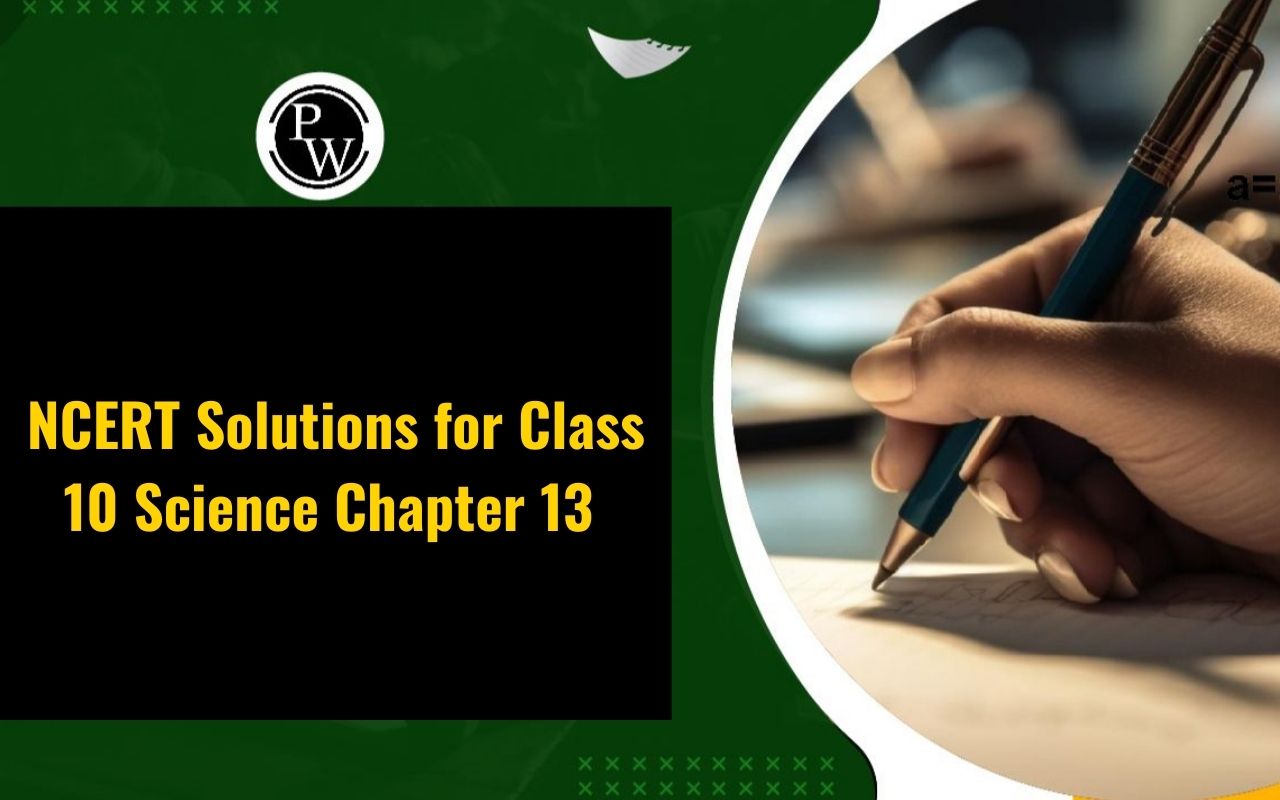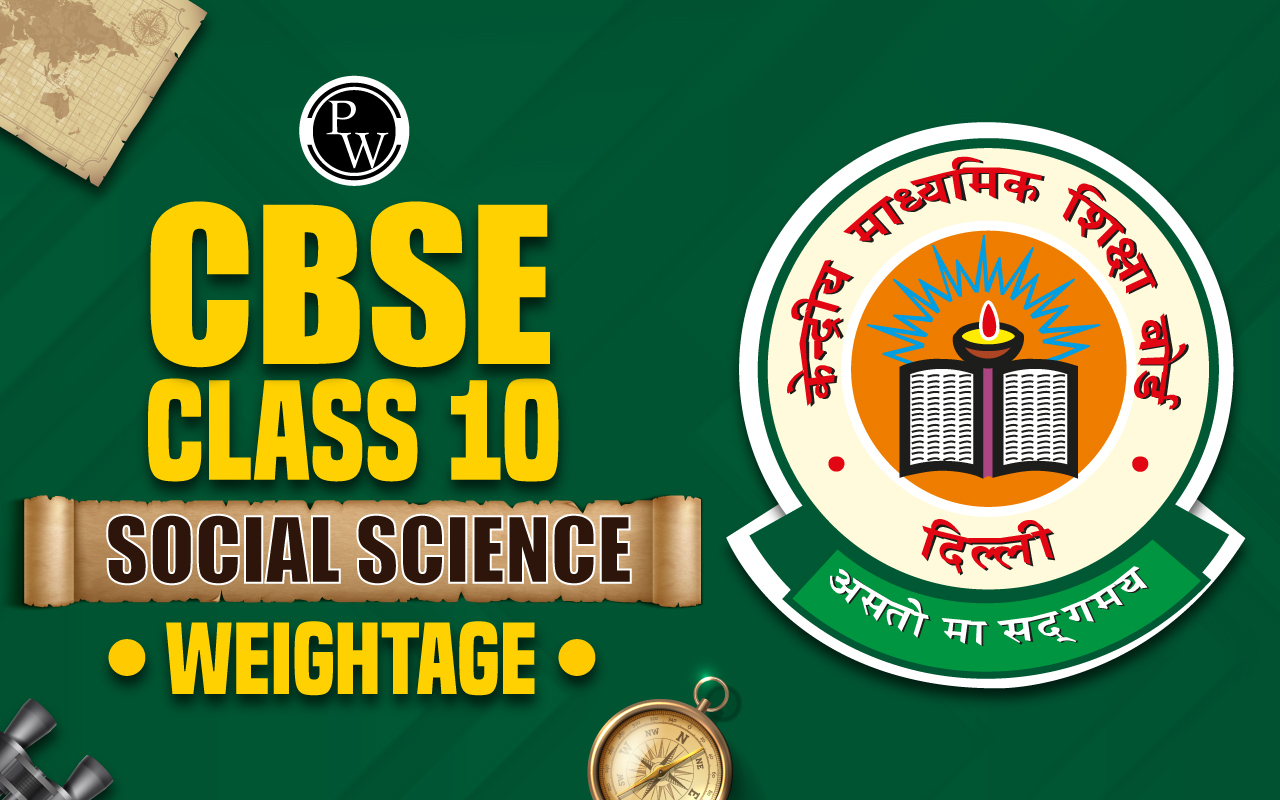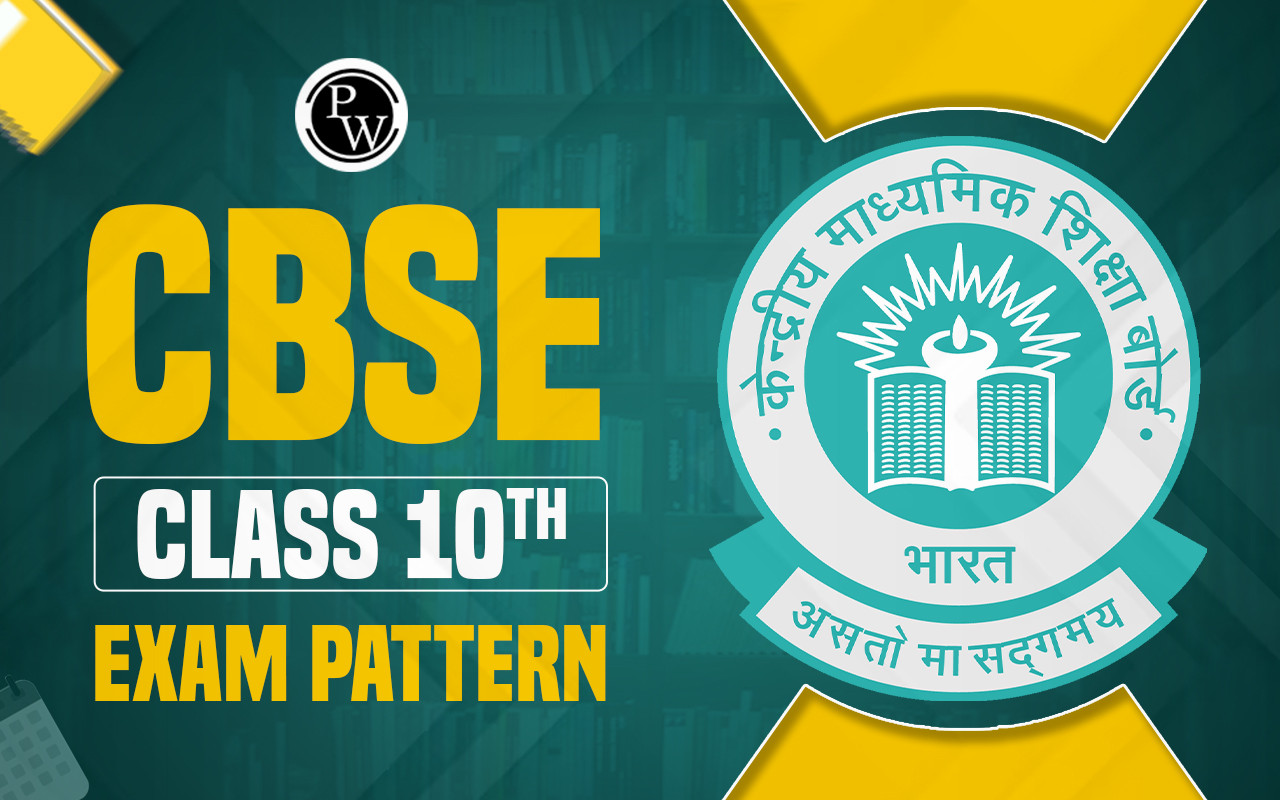
How To Write A Blog: Blogging has become a widely famous method for individuals to express their thoughts, share experiences, and showcase their expertise to a global audience. Regardless of whether you're an experienced writer or just starting out, creating an engaging blog post necessitates a combination of creativity, organizational structure, and a profound understanding of your target audience. In this guide, we will break down the process of how to write a blog post , providing examples and samples to illustrate each step.
How to Write a Blog Post
Creating a compelling blog post involves choosing a relevant topic, conducting thorough research, and outlining ideas for a clear structure. The introduction should grab attention, while the body elaborates on main points using a conversational tone and visuals. A strong conclusion summarizes key points, encouraging reader engagement. Editing is crucial for a polished post, and basic SEO principles help reach a wider audience. Below are some key point of how to write a blog.
1. Choose a Topic
Selecting the right topic is the first and crucial step in writing a blog post. Consider your interests, expertise, and what your audience might find valuable. Make sure the topic is relevant, engaging, and aligns with the overall theme of your blog.
2. Conduct Research
Once you've chosen a topic, conduct thorough research to gather information and insights. Utilize reliable sources to enhance the credibility of your blog post. Take notes, bookmark useful websites, and gather statistics or quotes that can support your content.
3. Outline Your Ideas
Creating an outline helps organize your thoughts and provides a clear structure for your blog post. Divide your content into sections, such as introduction, body, and conclusion. Each section should have a specific purpose and contribute to the overall flow of the post.
4. Write a Captivating Introduction
The introduction is the first impression your readers will have of your blog post. Start with a hook that grabs their attention, pose a question, or share a relevant story. Clearly state the purpose of your post and what readers can expect to gain from it.
5. Develop the Body
The body of your blog post is where you elaborate on your main points. Use short paragraphs, subheadings, and bullet points to make your content easily understand. Provide evidence, examples, and real-life scenarios to support your ideas. Maintain a conversational tone to keep readers engaged.
6. Add Visuals
Integrate visuals like images, infographics, or videos to break the text and enhance the visual appeal of your blog post. Visual elements not only enrich the reader's experience but also contribute to a more effective conveyance of information.
7. Craft a Compelling Conclusion
Wrap up your blog post with a strong conclusion that summarizes the key points and reinforces the main message. Encourage readers to share their thoughts in the comments section or take a specific action, such as subscribing to your blog.
8. Edit and Proofread
Editing is a crucial step in creating a polished blog post. Review your content for clarity, grammar, and coherence. Eliminate unnecessary words and ensure that your writing flows smoothly.
9. Optimize for SEO
Understanding basic Search Engine Optimization (SEO) principles can help your blog post reach a wider audience. Use relevant keywords naturally throughout your content, optimize meta descriptions, and ensure your blog is mobile-friendly.
How to Write a Blog for Beginners
Below are some key point of how to write a blog for Beginners.
1. Start with a Personal Connection
Share your personal experiences, insights, and lessons learned. Readers often appreciate a personal touch, and it helps establish a connection between you and your audience.
2. Keep it Simple
Avoid using complex language or technical language that might isolate beginner readers. Use straightforward language and explain any terms.
3. Short Paragraphs and Subheadings
Break down your content into short paragraphs and use subheadings to make it easy for readers to scan and find the information they're looking for.
4. Be Authentic
Write in a genuine and authentic voice. Readers are more likely to engage with content that feels real and relatable. Don't be afraid to show your personality.
How to Write a Blog in Hindi
Below are some key point of how to write a blog in Hindi.
1. विषय का चयन करें (Choose a Topic)
पहला कदम है एक उच्च रूचि वाला विषय चुनना। अपनी रुचियों और आपकी ज्ञान के आधार पर विषय का चयन करें जो आपके पाठकों को मनोबल दें और उन्हें आपके ब्लॉग में रुचिकर बनाए रखें।
2. अच्छी तथ्यात्मक जानकारी प्राप्त करें (Conduct Research)
विषय के बारे में अधिक जानकारी प्राप्त करने के लिए सूचना एकत्र करें और उसे सुनिश्चित बनाए रखने के लिए आवश्यकतानुसार सूचना को छानबीन करें।
3. विचारों का संरचना तैयार करें (Outline Your Ideas)
अपने विचारों को संरचित रूप में व्यक्त करने के लिए एक रूपरेखा तैयार करें। प्रस्तुतिकरण, शरीर, और निष्कर्ष को विभाजित करने के लिए विचारों को विभाजित करें।
4. संवेदनशील परिचय लिखें (Write a Captivating Introduction)
प्रस्तुतिकरण वह स्थान है जहां आपके पाठकों का पहला प्रभाव होता है। ध्यान खींचने वाले शब्दों से शुरुआत करें, सवाल पूछें, या संबंधित किस्सा साझा करें।
5. प्रमुख बॉडी को विकसित करें (Develop the Body)
ब्लॉग पोस्ट का शरीर वहाँ है जहां आप अपने मुख्य बिंदुओं पर विस्तार से चर्चा करते हैं।
6. छवियों को जोड़ें (Add Visuals)
अपनी ब्लॉग पोस्ट को दृश्यमय बनाने के लिए छवियों, इन्फोग्राफिक्स, या वीडियो शामिल करें। ये छवियाँ पठकों के अनुभव को बढ़ाती हैं और जानकारी को प्रभावी ढंग से साझा करने में मदद करती हैं।
7. एक प्रभावशाली निष्कर्ष बनाएं (Craft a Compelling Conclusion)
अपनी ब्लॉग पोस्ट को एक मजबूत निष्कर्ष से बंधित करें जो मुख्य बिंदुओं को संक्षेपित करता है और मुख्य संदेश को मजबूती से पुनरावृत्ति करता है।
8. संपादन और पुनःप्रमाणिकरण करें (Edit and Proofread)
एक्सपर्ट ब्लॉग पोस्ट बनाने के लिए यह अनिवार्य है कि आप अपने सामग्री को संपादित करें और पुनःप्रमाणित करें।
9. SEO के लिए अनुकूलित करें (Optimize for SEO)
बेसिक सर्च इंजन ऑप्टिमाइजेशन (SEO) के सिद्धांतों को समझना आपकी ब्लॉग पोस्ट को एक बड़े दर्शक तक पहुंचाने में मदद कर सकता है।
How to Write a Blog About Yourself
Below are some key point of how to write a blog for About Yourself.
1. Be Genuine
When writing a blog about yourself, authenticity is key. Share your true thoughts, experiences, and emotions. Readers appreciate honesty and can connect with genuine stories.
2. Focus on Your Journey
Highlight significant moments, challenges, and successes in your life journey. This could include personal growth, lessons learned, or any transformations you've undergone.
3. Use Conversational Language
Write in a conversational tone as if you're talking to a friend. This helps readers feel more connected and engaged with your personal story.
4. Include Personal Anecdotes
Adding personal anecdotes and stories can make your blog more relatable and interesting. Share moments that shaped you or lessons you've gained from specific experiences.
Writing a blog post doesn't have to be a tough task, especially for beginners. By following these simple steps and incorporating examples, you can create engaging and meaningful content that resonates with your audience. Whether you're writing in English or Hindi, the key is to be authentic, organized, and mindful of your readers' interests. So, go ahead, unleash your creativity, and start crafting compelling blog posts today.
How to Write a Blog Sample
Here's a sample paragraph from the body section of How To Write A Blog about "Effective Time Management for Students":
Effective Time Management for Students
Being a student undoubtedly faces time management issues. Balancing classes, assignments, extracurricular activities, and a social life requires mastering the art of effective time management. In this blog post, we'll discuss the practical tips and strategies to aid students in excelling academically while maintaining a healthy life balance.
The Importance of Time Management for Students
Effective time management is more than just a useful skill. It's a crucial element for academic success and personal well-being. Here's why mastering time is so essential for students:
1. Academic Success
Effective time management empowers students to allocate sufficient time to each subject, ensuring thorough study, completion of assignments, and exam preparation without experiencing stress.
2. Reduced Stress and Anxiety
Effective time management allows students to guide clear of last-minute cramming and the stress that comes with tight deadlines. This leads to a more relaxed and focused approach to their studies.
3. Balanced Lifestyle
Time management isn't just about academic tasks. It also includes allocating time for relaxation, hobbies, and socializing. Striking a balance helps prevent burnout and contributes to overall well-being.
Practical Tips for Effective Time Management
1. Create a Weekly Schedule
Start by creating a weekly schedule that includes all your classes, study sessions, and extracurricular activities. Having a visual representation of your week helps you identify available time slots for different tasks.
2. Prioritize Tasks
Not all tasks are created equal. Prioritize your assignments based on deadlines and importance. Tackling high-priority tasks first ensures you address critical assignments before going for less urgent ones.
3. Break Down Larger Tasks
Large projects can induce stress. Divide them into smaller, more manageable tasks. This strategy reduces the perceived difficulty of the workload, enabling you to make consistent and steady progress.
4. Use Time Management Tools
Leverage tools like planners, calendars, or time management apps to stay organized. Set reminders for deadlines, meetings, and study sessions to keep yourself on track.
5. Limit Distractions
Identify and minimize distractions during study sessions. Turn off social media notifications, find a quiet study space, and communicate your need for focus to those around you.
6. Allocate Breaks
Prevent burnout by incorporating brief breaks into your study sessions. Utilize this time to stretch, go for a walk, or engage in something enjoyable. Returning to your tasks with a refreshed mind can significantly boost productivity.
7. Learn to Say No
While extracurricular activities are important, it's crucial to know your limits. Learn to say no when you feel stressful, and prioritize your mental health.
Example of Effective Time Management in Action
Let's consider a student, Alex, who has a part-time job, three classes, and a passion for playing the guitar.
Alex's Weekly Schedule:
Monday:
9:00 AM - 12:00 PM: Classes
1:00 PM - 3:00 PM: Work
4:00 PM - 6:00 PM: Guitar practice
Tuesday:
9:00 AM - 12:00 PM: Study for Class A
1:00 PM - 3:00 PM: Classes
4:00 PM - 6:00 PM: Work
Wednesday:
9:00 AM - 12:00 PM: Study for Class B
1:00 PM - 3:00 PM: Classes
4:00 PM - 6:00 PM: Guitar practice
Thursday:
9:00 AM - 12:00 PM: Study for Class C
1:00 PM - 3:00 PM: Classes
4:00 PM - 6:00 PM: Work
Friday:
9:00 AM - 12:00 PM: Study (Review week's material)
1:00 PM - 3:00 PM: Classes
4:00 PM - 6:00 PM: Guitar practice
How to Write A Blog Steps
Below are some steps to follow how to write a blog.
Choose a Blog Topic: Decide on the subject you want to write about.
Perform Keyword Research: Conduct research to identify relevant keywords for your blog post.
Create an Outline: Develop a structured outline that organizes the flow of your content.
Write the Body Content: Craft the main content of your blog post based on the outlined structure.
Add an Introduction and Conclusion: Introduce your topic in the beginning and provide a conclusion to summarize key points.
Write Your Headline: Create a captivating headline that reflects the essence of your blog post.
Review Your First Draft: Take time to review and edit your initial draft for clarity and coherence.
Publish Your Blog Post: Once satisfied with the content, publish your blog post for your audience to read.
Conclusion
Effective time management is a skill that can transform the student experience. By implementing these practical tips and creating a personalized schedule, students like Alex can navigate their academic and personal responsibilities with ease. Remember, it's not about having more time. It's about making the most of the time you have. So, take control of your schedule, prioritize wisely, and unlock your full academic potential. Happy studying.
| Related Links | |
| Application for Bank Statement | Application For Character Certificate |
| Application for Closing Bank Account | Application for College Leaving Certificate |
How To Write A Blog FAQs
What is a blog?
What makes a good blog post?
How often should I post on my blog?
What is SEO, and why is it important for blogging?










